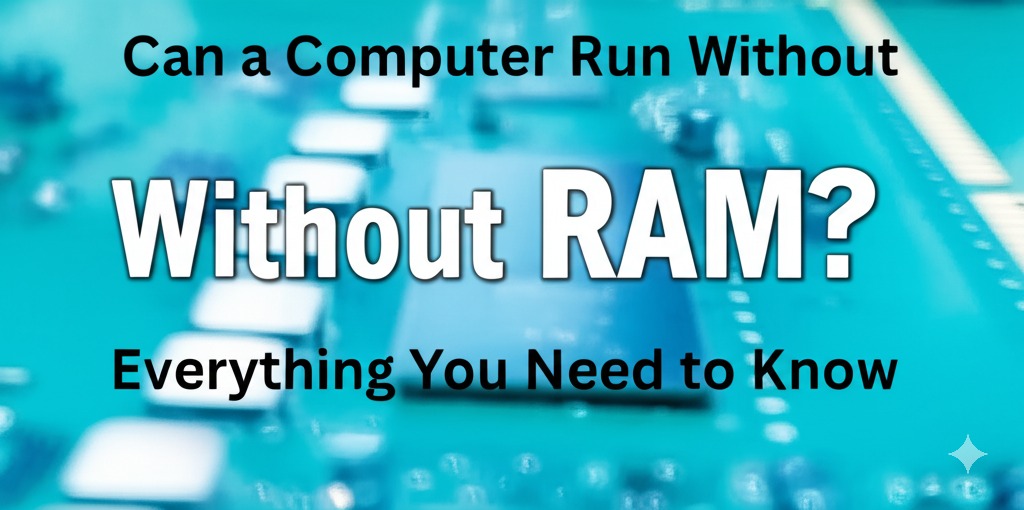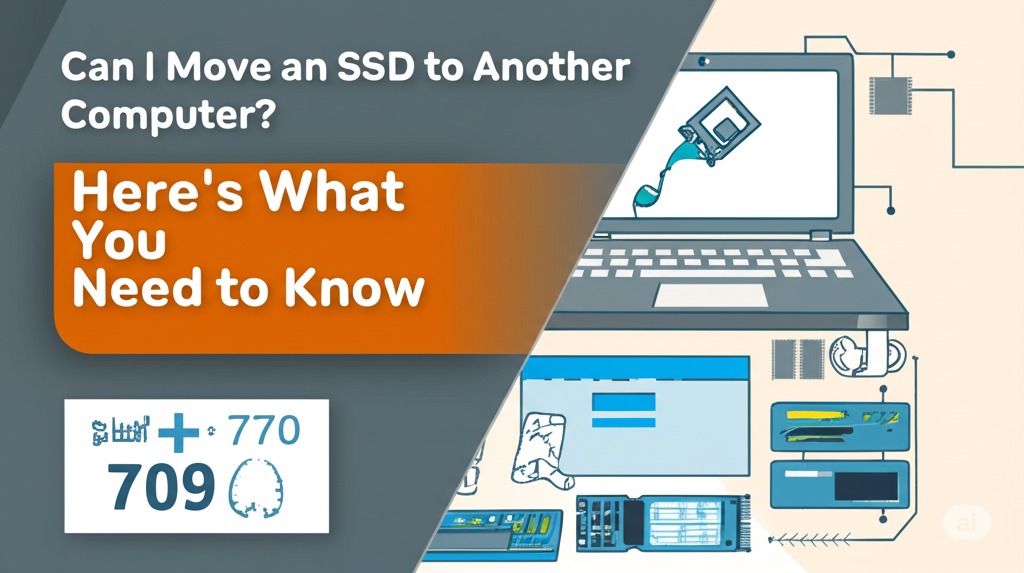Ever tried powering on your PC only to be greeted by a blank screen? One possible culprit: no RAM installed. But that raises a fascinating question—can a computer run without RAM? What actually happens when your system has no memory at all?
In this article, we’ll explore what RAM does, whether a computer can function without it, and how it fits into the bigger picture of system performance. Let’s break it down in simple terms, whether you’re a tech beginner or just curious.
What Is RAM and Why Is It Important?
Before diving into whether a computer can run without RAM, it’s essential to understand what RAM is and why it’s a critical component of every system.
What Is RAM?
RAM (Random Access Memory) is a type of volatile memory that your computer uses to temporarily store data that’s being used or processed. Unlike your hard drive or SSD, RAM clears itself every time you shut down your system.
Why Computers Need RAM
Here’s what RAM is responsible for:
- Storing active processes and data (apps, games, browser tabs).
- Speeding up performance by reducing the need to access slower storage.
- Allowing multitasking by managing more than one task at a time.
Without RAM, your computer has nowhere to quickly store or access data that your CPU needs to function efficiently—or at all.
Can a Computer Boot Without RAM?
Let’s get straight to it: No, a computer cannot run without RAM.
What Happens When You Try?
If you try to turn on a computer without any RAM installed:
- The power may come on (fans spin, lights blink).
- But the system will not pass the POST (Power-On Self-Test).
- You’ll likely hear a series of beeps, which is the motherboard signaling a hardware error.
- Nothing will appear on the monitor—no BIOS, no boot menu, nothing.
In essence, the system cannot even begin to operate, because the CPU relies on RAM to function.
Why RAM Is Crucial for Booting
Role of RAM During Startup
During the boot process, RAM is used to:
- Load the BIOS/UEFI instructions.
- Temporarily store system files from your operating system.
- Help initiate hardware drivers and system-level tasks.
Without RAM, none of this is possible. Your computer is like a brain with no short-term memory—it has no way to think, process, or act.
Are There Any Exceptions?
Technically speaking, there are a few edge cases, but they’re not what you’d consider a typical PC.
Embedded Systems and Microcontrollers
Some embedded systems or microcontrollers (like those in smart appliances or IoT devices) may function with integrated memory or rely solely on firmware. However, these systems are designed for single, lightweight tasks and don’t run complex operating systems like Windows or macOS.
Virtual Machines and Emulators
In some cases, virtual machines can simulate environments with limited or adjusted RAM, but they still require a host system with physical RAM.
Can a Computer Run With Faulty or Insufficient RAM?
You might be wondering—if a computer can’t run without RAM, what about bad or not enough RAM?
Faulty RAM
If the RAM is damaged or incompatible, you might experience:
- System crashes
- Failure to boot
- Random freezes or errors
In many cases, the motherboard will detect the problem and alert you via beep codes or LED lights.
Low RAM Scenarios
Modern operating systems usually need at least 4GB to 8GB of RAM for smooth operation. With too little RAM:
- Your system will slow down.
- You’ll see high disk usage as the OS relies on virtual memory or paging.
- Applications may crash or fail to load.
So, while a computer can run with minimal RAM, performance will take a serious hit.
How to Know if Your Computer Has RAM Issues
RAM-related problems can be subtle or obvious. Look out for:
- Frequent BSOD (Blue Screen of Death) errors.
- Random restarts or freezes.
- Programs that refuse to open.
- BIOS beeping on startup (check your motherboard manual for the meaning of the beeps).
Tips for Choosing the Right RAM
If you’re building or upgrading a computer, here are a few tips:
- Check motherboard compatibility (DDR4, DDR5, max capacity).
- Choose at least 8GB for general use, 16GB or more for gaming or editing.
- Match RAM speed and timings for dual-channel setups.
- Stick with reputable brands (Corsair, Kingston, G.Skill, Crucial).
Final Verdict: No RAM = No Go
To sum it up:
A computer cannot run without RAM. Period.
RAM plays an essential role in storing and processing data during every stage of operation—from startup to shutdown. Without it, your computer literally has no working memory, making even the BIOS inaccessible.

Caleb Carlson is a contributing writer at Computer Site Engineering, specializing in computer technology, software trends, and hardware innovations. His articles simplify complex tech topics, making them accessible to readers of all levels.





